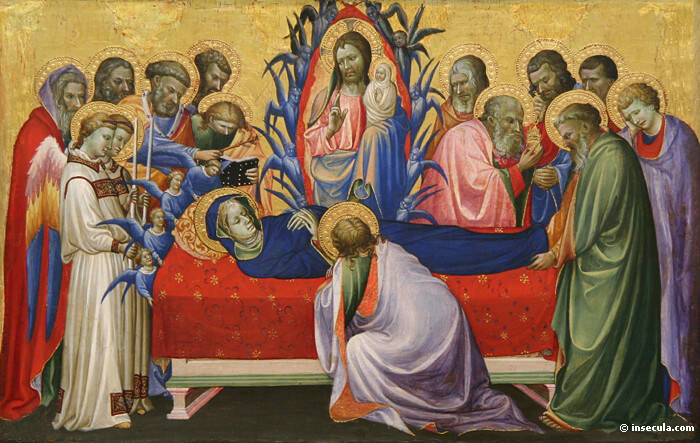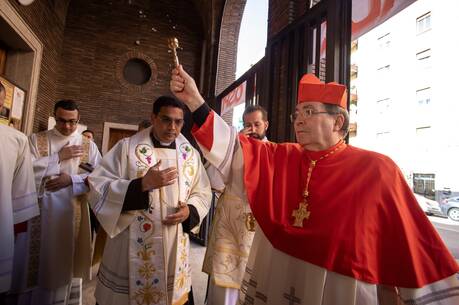As he lay dying, St. Francis of Assisi asked to be placed on the floor, so that he could expire on wood, in imitation of his savior. He also asked his friars (brothers) to read the Gospel account of the Last Supper.
A dying St. John of the Cross, having prayed the penitential psalms with his own friars, asked them to read to him the great love song of the Old Testament, the Canticle of Canticles. He was eager to go out and to meet the Bridegroom.
How we experience death is closely linked to our relationship to sin.
The last act of a play determines its meaning. The passings of so many of the saints suggest that how we experience death is closely linked to our relationship to sin. It is not that the physical pain, its duration and intensity, varies by degrees of holiness. No, physically, the deaths of saints and sinners are the same.
What does alter according to the sanctity of a soul is the acceptance of death. Sinners fear death more than the saints, perhaps because the saints possess a real intimacy with the presence awaiting them on the other side. The one who has always been with them, gently leading them, assures them that, though they will “pass away,” they will not be alone.
Thanks to the evangelists, we know the details of Jesus’ death. Each Gospel, in its own way, depicts this terrible death as fully accepted by Jesus. Christ handed himself over to that presence, which had accompanied him throughout his life, the one whom he called his Father. At the core of the passion, within the heart of Jesus, there is peaceful surrender.
We have no details about the end of Mary’s life on earth. There is no account. So what is this talk of Assumption? Like the Ascension of Christ, we are not speaking of a spatial movement upward, into the sky. We are speaking of an entrance into a dimension of fully divine life, which we call heaven. At the Ascension, the full humanity of Christ, body and soul, entered the Godhead. At the Assumption, “the love that moves the sun and the other stars”—Dante: “l’amor che move il sole e l’altre stelle” (Par. 33.143-45)—drew the Virgin, body and soul, into itself, into Trinity.
Like her Son, at the end of her life, the words of the psalmist became Mary’s own.
I will lie down in peace and sleep comes at once
for you alone, Lord, make me dwell in safety (Ps 4:9).
In life and at death, even the greatest of the saints knows that he or she is not fully pleasing to God. Indeed, the greater the holiness, the stronger the consciousness of sin. But Christ and the Virgin left this world without any taint of sin. In their lives, nothing had ever stood between them and that silent, loving presence, which dwelt within their consciousness. Whatever the details of each’s death, neither stood in any fear of the presence, whose face was finally to be revealed.
Readings: Revelation 11:19a; 12:1-6a, 10ab 1 Corinthians 15: 15-27 Luke 1: 39-56











Beautiful reflection. I'm still a little afraid of death, but the entirety of our Faith tells me to not fear death. And to live in joy and without worry.